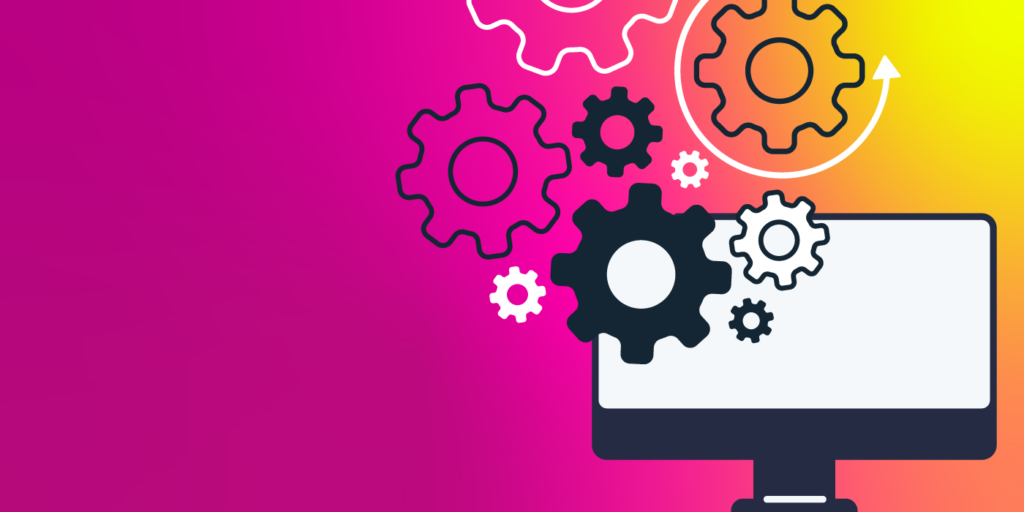The State of the Help Desk in 2023
February 22, 2023
4 minute read

IT’s job has never been easy. But as times get economically tougher, they are being pushed even harder to do more with less—while still performing an increasingly important role in security, enablement, and digital transformation. How is IT responding to these pressures and challenges in 2023? Read on to find out.
In our 2023 State of SaaSOps survey, we interviewed 700 IT practitioners of all levels about their challenges, how they measured their work, and their plans for the coming year. You can read many of our findings and download the report at stateofsaasops.bettercloud.com.
In this blog post, we take a closer look at the data to get a sense of the “state of the help desk” in 2023. SaaS management and user lifecycle management present a number of challenges, and many are shared by senior IT management (CIOs and VPs), mid-level managers, and individual contributors. But when it comes to measurement and metrics, there were some clear differences in the priorities of each.
Consistently managing app configurations throughout the user lifecycle is a top challenge for everyone
No matter what their job title was, the top challenge respondents needed to solve was being able to consistently manage app configurations. It makes a lot of sense, as SaaS stacks just keep getting larger—up to an average of 130 apps in 2022. Provisioning numerous accounts and ensuring sure employees have the right level of access can be extremely time consuming and error prone with all those open tabs.
File-sharing apps are a particular headache, as they have so many different file, user, and group settings. Getting them right for every new employee (or employee who is moving internally) can lead to endless open tabs and numerous tickets when configurations and permissions need to change.
This is why it’s so important to equip your IT team with a SaaS management platform like BetterCloud. Deep integrations with the apps in your stack enable you to use one central location to update configurations across numerous accounts. You can also create automated workflows to make changes and updates automatically, such as when a new employee joins the company.
Senior IT leaders need visibility; other IT team members want to automate more tickets

After managing app configurations, the next most important challenges senior IT leaders needed to solve were related to visibility. The second-highest ranked challenge senior IT leaders faced was getting visibility into all user activity, data files, and folders, and a very close third was knowing all SaaS apps in use.
When a SaaS stack grows large enough, visibility becomes a major problem. Shadow IT usage proliferates for many reasons, including well-intentioned employees just trying to be more productive. However, this leads to company data being left in multiple locations, especially if several different file-sharing apps are in use. It’s no surprise that senior leaders continue to struggle to get a complete picture of their environment.
The second-most important challenge to solve for IT individual contributors and mid-level IT managers was more closely related to their day-to-day operations: they want to automate more SaaS management tasks and help desk ticket resolutions. This makes sense, as the rise of remote work and increase in app usage has led some help desks to the point of meltdown.
A SaaS management platform like BetterCloud offers several ways for IT teams to solve their challenges with visibility and automation. An SMP’s no-code workflow builder can create zero-touch automations with ease, providing a way to reduce the number of tickets that need a manual response by 50% or more. The centralized visibility offered by an SMP also gives IT a more complete picture of their environment, including apps being accessed by OAuth.
Senior IT cares about customer satisfaction, but other IT staff just want to reduce the number of tickets
When it came to the most important measurements and metrics, there were clear differences between senior IT leaders and the rest of their IT teams. In many ways, their priorities reflect how their roles are evolving to meet today’s challenges.
In our survey, we found that senior IT leaders found that customer satisfaction as shown by their Net Promoter Score was their first most important metric. The second-most important metric was mean time to resolution (MTTR), or how fast a ticket was resolved. In today’s help desk, leaders are placing a priority on resolving issues quickly to accelerate employee productivity.
For the other levels of IT, their #1 metric was reducing the number of help or service desk tickets. Today’s IT teams are very focused on “getting to zero” in the ticket queue. With tools like SMPs, the perennially elusive zero ticket queue has gotten much closer in reach, with its ability to automatically resolve incoming help desk tickets.
Conclusion
During these lean economic times, IT is being pushed to be more efficient in an attempt to save costs and boost bottom lines. Shadow IT, endless ticket queues, and consistently configuring an ever-increasing tech stack have become top of mind challenges for today’s help desks. It’s now more critical than ever to equip your IT team with the platform they need to address and overcome these challenges— without adding headcount.
SaaS management platforms, with their robust, easy-to-use automation engines can be a force multiplier for IT. They enable IT to automate up to 78% of their SaaS management tasks, including user lifecycle management and help desk ticket resolution. To learn more about how an SMP like BetterCloud can transform your help desk, schedule a demo today.





